← Back to the Enviro Page
Contact the Enviro Team | Join the Enviro Email Group
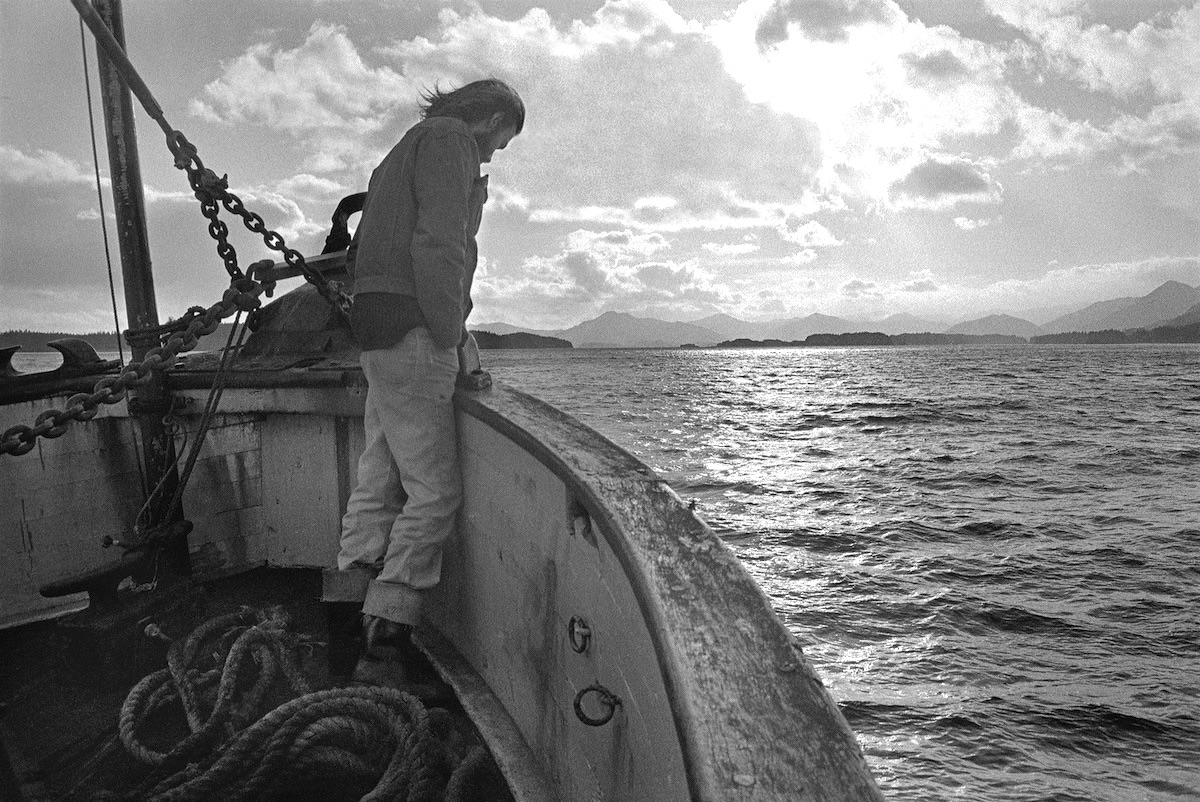
 My contact sheets indicate the photo was taken at sea, eastbound, somewhere between Akutan Island and Sand Point, Alaska. Our ship was underway to the customs office in Sand Point, alas, away from Amchitka Island and the Cannikin nuclear test. Understood at the time. — Robert Keziere
My contact sheets indicate the photo was taken at sea, eastbound, somewhere between Akutan Island and Sand Point, Alaska. Our ship was underway to the customs office in Sand Point, alas, away from Amchitka Island and the Cannikin nuclear test. Understood at the time. — Robert Keziere
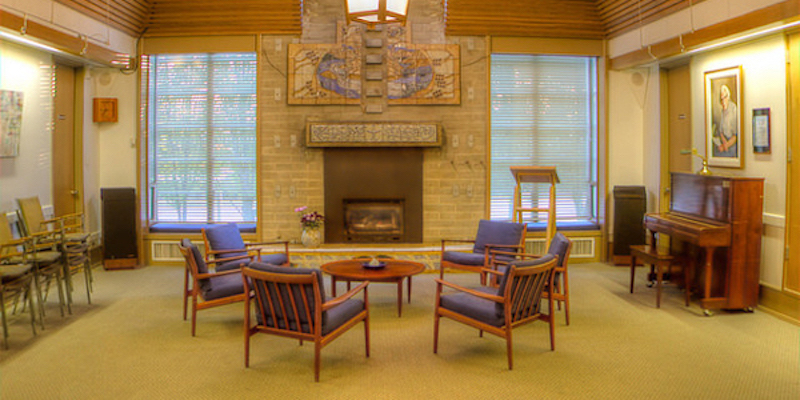
Above: Fireside Room circa 2020
By Anne D.
February 25, 2020
Vancouver Unitarians have deep roots in the peace and environmental activism that flourished in the 1960s and 1970s.
Few people know that, 50 years ago, a meeting in the Fireside Room launched the inaugeral voyage of Greenpeace.
Fewer people know that the inspiration for the name Greenpeace occurred in the courtyard outside the Sanctuary.
According to Rex Weyler, in 1969, two American ex-pats residing in Point Grey, Dorothy and Irving Stowe, formed the “Don’t Make a Wave Committee” to oppose underground nuclear testing, by the U.S. Atomic Energy Commission, at a remote island in Alaska.
The origin of Greenpeace International began with the the Don’t Make a Wave Committee. The name of the committee was inspired by fears that shock waves from the underground detonations would cause a major earthquake and tsunami.
In 1970, the Don’t Make a Wave Committee … an eclectic group of hippies, Quakers, pacifists, ecologists, journalists and visionaries … held an emergency meeting in the Fireside Room at the Unitarian Church on Oak Street.
Without a boat, or the funds to charter a boat, the committee unanimously ratified a plan to sail a boat to Amchitka Island, at the western tip of the Aleutian Islands, 2400 miles north west of Vancouver BC.
The plan was to sail into the test zone of the Cannikin, a five megaton underground nuclear bomb, to heighten public opposition to nuclear testing and prevent the detonation of the Cannikin.
(A five megaton nuclear bomb has the explosive energy of five million tons of TNT or almost 400 times the power of the Hiroshima bomb.)
At the end of the meeting in the Fireside Room, people drifted into the courtyard outside the Sanctuary and gathered in small discussion groups.
As he took leave of the meeting, Irving Stowe flashed the V sign and said, “Peace.”
Ecologist Bill Darnell responded, “Make it a green peace.”
A hush fell over the assembly. Everyone heard the magic in the two words. Over the next few days, people talked about the hypothetical boat as if it existed. Some began calling it the “Green Peace.”
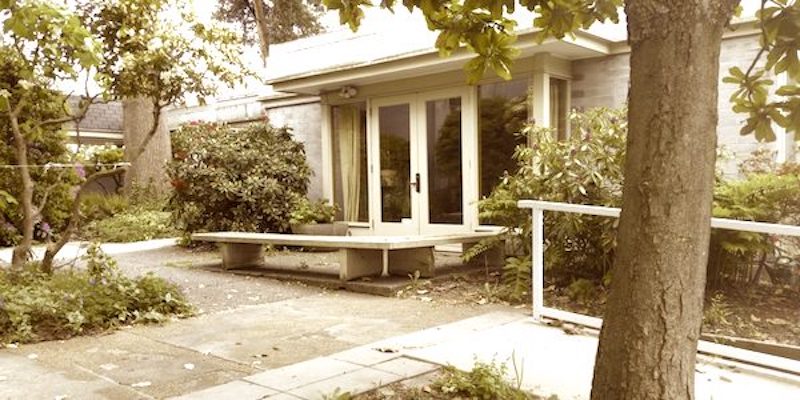
Above: Courtyard outside Hewett Centre circa 2020
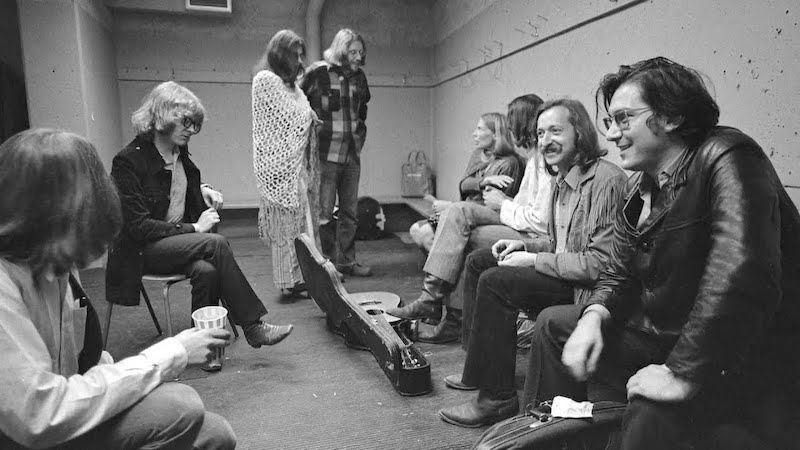
Above 1970: Amchitka Concert, backstage at the Pacific Coliseum. On the right, from background to foreground: Joni Mitchell, James Taylor, Elliot Roberts (Joni Mitchell’s manager) and Phil Ochs
Joni Mitchell, James Taylor, Phil Ochs and a local band named Chilliwack performed at the historic Amchitka Concert on October 16, 1970, before an audience of 10,000 people. The venue was the Pacific Coliseum in East Vancouver.
The money raised, just over $17,000, was used to charter an 82-foot fishing boat named the Phyllis Cormack, based out of Richmond BC, for the now-legendary voyage to Amchitka Island.
The fishing boat renamed the Greenpeace for the anti-nuclear expedition set sail on September 15th, 1971, with a crew of 12 activists.
At ‘Yalis (Alert Bay) in the traditional territory of the ‘Namgis First Nation, the Kwakwaka’wakw held a ceremony in traditional regalia, at their Big House, to honour the Greenpeace crew and bless their voyage.
The remote village of Alert Bay is no stranger to the power of a tsunami. In 1964, the village was devastated by a tsunami caused by the 9.2 Alaska Earthquake.
600 miles from Amchitka, at Harbor Bay in the Aleutian Islands, the fishing boat was intercepted by a U.S. Coast Guard cutter, the Confidence, and ordered to sail to Akutan.
At Akutan Bay, the captain of the Confidence boarded the fishing boat. Unaware the anti-nuclear activists operated by consensus, he ordered the “leaders” of the expedition to sail their vessel out of American waters.
While the captain and some of the activists conferred in the wheelhouse … a dinghy from the Confidence arrived with two U.S. coast guards … hand delivering a letter to the Greenpeace crew.
The letter signed by 18 crew members of the Confidence stated they fully supported the anti-nuclear activists and their mission. The signatories, all U.S. Coast Guard members, later faced military discipline for their action.
Their type-written letter stated:
Due to the situation we are in we the crew of the Confidence feel that what you are doing is for the good of all mankind. If our hands weren’t tied by these military bonds, we would be in the same position you are in if it were at all possible.
Good luck we are behind you 100%
The Cannikin was detonated on November 6th, 1971. Due to public opposition it was the last nuclear test at Amchitka. The Don’t Make a Wave Committee was renamed Greenpeace in 1972.
The first voyage of the Greenpeace boat to Amchitka is considered the inaugural voyage of the eponymous Greenpeace International, one of the most successful environmental organizations in the world today, headquartered in Amsterdam with (as of this writing) offices in more than 55 countries.


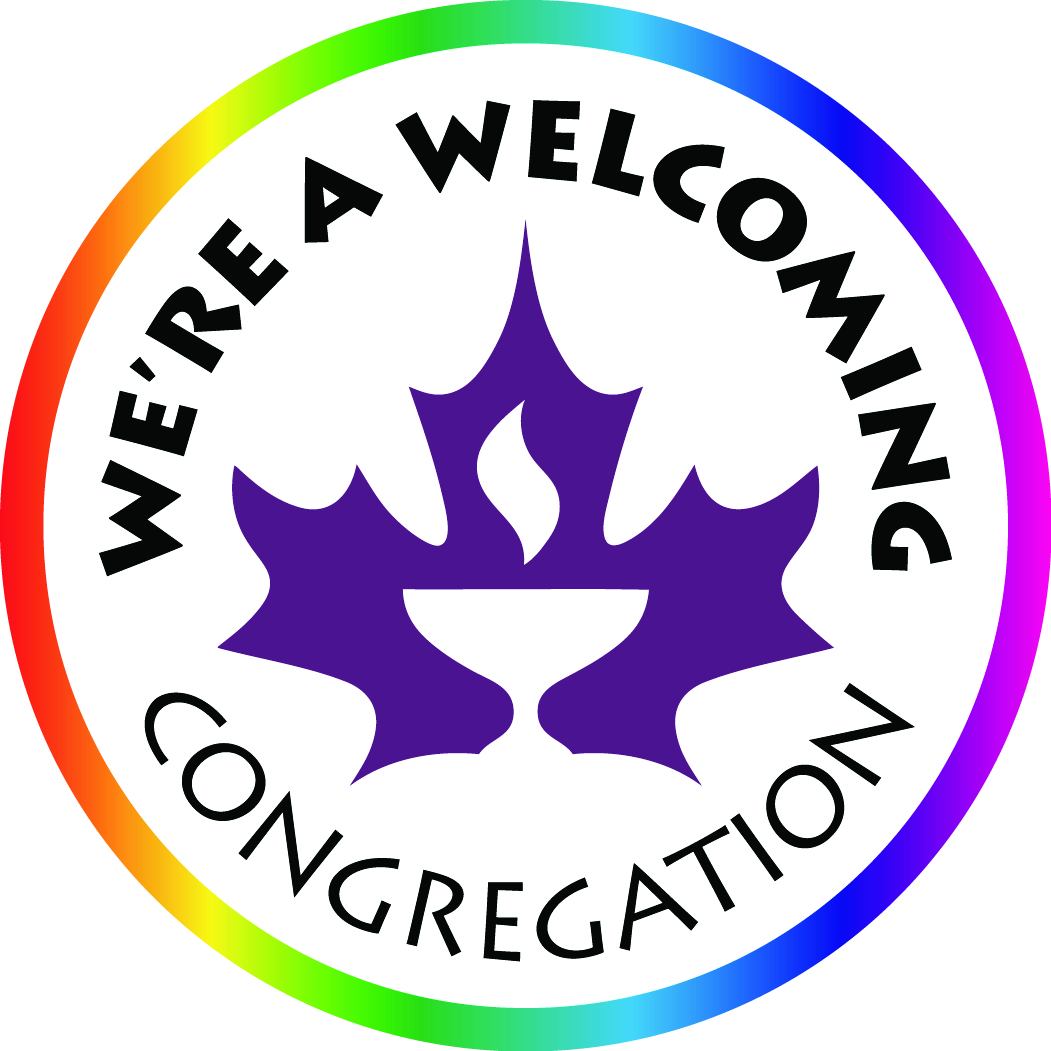
You must be logged in to post a comment.